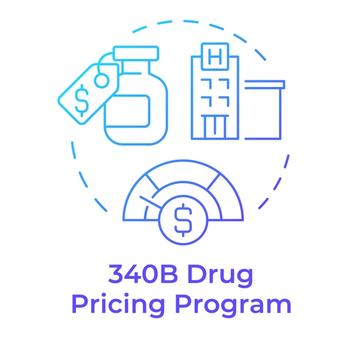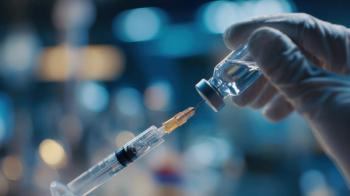
ADEs responsible for more than 700,000 visits to US emergency departments in 2004 and 2005
Adverse drug events (ADEs) led to the treatment of an estimated 701,547 patients in US emergency departments (EDs) in 2004 and 2005, according to a recent study in the Journal of the American Medical Association (JAMA). Significantly, those patients ?65 years of age were 2 times more likely to have ED treatment for an ADE and approximately 7 times more likely to need hospitalization than their younger counterparts.
Adverse drug events (ADEs) led to the treatment of an estimated 701,547 patients in US emergency departments (EDs) in 2004 and 2005, according to a recent study in the Journal of the American Medical Association (JAMA). Significantly, those patients ≥65 years of age were 2 times more likely to have ED treatment for an ADE and approximately 7 times more likely to need hospitalization than their younger counterparts.
The study involved 63 US hospitals that were part of the National Electronic Injury Surveillance System-All Injury Program (NEISS-AIP). The project, called NEISS-Cooperative Adverse Drug Event Surveillance (NEISS-CADES), was headed by the Centers for Disease Control and Prevention, the US Consumer Product Safety Commission, and FDA.
The primary outcome measure was an ADE that led to a visit to the ED. Adverse drug events were defined as incident ED visits for a medical reason that the treating physician linked specifically with the use of a drug or drug-specific effect. The study defined "drugs" as prescription and over-the-counter medications, vaccines, vitamins, and dietary and herbal supplements.
A total of 21,298 ADE cases were identified; based on this result, authors estimated that 701,547 patients were treated for ADEs at EDs throughout the US (95% CI, 509,642 to 893,452). A total of 3,487 patients were hospitalized (annual estimate, 117,318 [16.7%]; 95% CI, 13.1%–20.3%). Based on all unintentional injury and ADE cases reported, 2.5% of estimated ED visits were attributed to ADEs (95% CI, 2.0%–3.1%), and 6.7% (95% CI, 4.7%–8.7%) of estimated hospitalizations for accidental injuries were linked to ADEs.
Adverse drug events affected adults ≥65 years of age more than their younger counterparts (annual estimate, 4.9 vs 2.0 per 1,000; rate ratio [RR]=2.4; 95% CI, 1.8–3.0); hospitalizations also were a more likely occurrence among the older cohort when compared with younger adults (annual estimate, 1.6 vs 0.23 per 1,000; RR= 6.8; 95% CI, 4.3–9.2).
A total of 41.5% of hospitalizations overall were associated with the use of medications (eg, antidiabetic agents, anticonvulsants, warfarin) that necessitate routine outpatient monitoring to avert acute toxicity (1,381 cases; 95% CI, 30.9%–52.1%). A majority (54.4%) of hospitalizations for adults ≥65 years or age were associated with such medication use (829 cases; 95% CI, 45.0%–63.7%).
The authors stated that the data gleaned from this study highlight the magnitude of the outpatient ADE issue and justify the need for stronger prevention initiatives. The authors also stated that among the population of patients ≥65 years of age, the number of ED visits for ADEs was similar to the number of injuries from automobile accidents for this same age group.
Additionally, the NEISS-CADES study is said to have some benefits beyond those of other reports on ADEs, according to the authors. The data in this study are taken from a national representative sample of hospital EDs, allowing for generalizability; data from other studies have been taken from single institutions or geographic locations. The data are also up-to-date, as information is available within weeks of an ED visit. Furthermore, the study is ongoing, which will allow for the ability to track trends and assess national safety measures.
One limitation is that NEISS-CADES only analyzes patients who are treated at the ED. Adverse drug event cases that are treated in other locales (eg, primary care offices, urgent care centers) are not included. A second limitation is that certain reasons for ADEs (eg, effects of chronic drug use, less common adverse effects) may not be detected by physicians in the ED, and the ADEs would therefore not be recorded.
SOURCE Budnitz DS, Pollock DA, Weidenbach KN, Mendelsohn AB, Schroeder TJ, Annest JL. National surveillance of emergency department visits for outpatient adverse drug events. JAMA. 2006;296:1858–1866.
Newsletter
Get the latest industry news, event updates, and more from Managed healthcare Executive.





















































